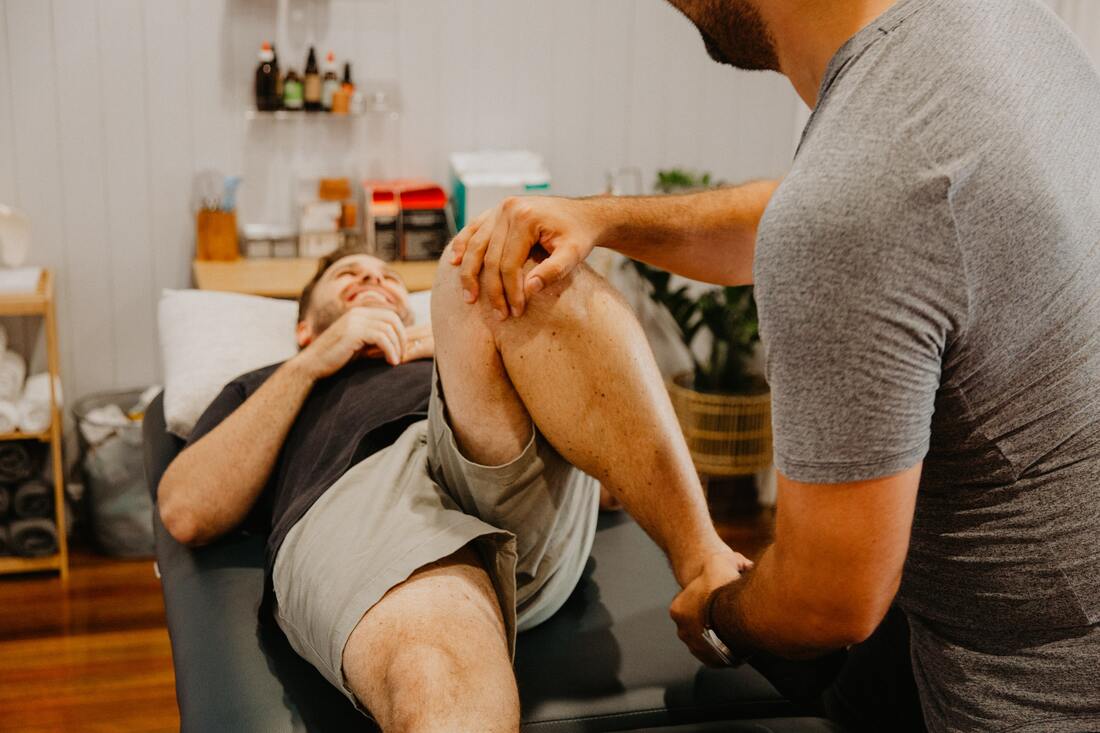Arthritis physiotherapy Brisbane southside.
Can physiotherapy help manage arthritis?
Physiotherapy can help manage the symptoms of arthritis and improve mobility, flexibility, and strength. It can also help reduce pain and inflammation and improve overall function and quality of life. Treatment for arthritis typically includes exercises to improve range of motion and strength, as well as techniques to reduce pain and swelling. Your physio may also teach you ways to modify your daily activities to better manage your arthritis and reduce strain on your joints. They may use a variety of treatments and education. If you have arthritis and are interested in physiotherapy, it is important to speak with your doctor or a physio to develop a treatment plan that is right for you.
What are the different types of arthritis and how can physiotherapy help?
There are several different types of arthritis, including osteoarthritis, rheumatoid arthritis, and psoriatic arthritis. Each type of arthritis is characterised by inflammation in the joints, which can cause pain, stiffness, and difficulty moving.
Osteoarthritis is the most common type of arthritis, and it occurs when the protective cartilage on the ends of your bones wears down over time. It is often a result of aging or an injury, and it can affect any joint in the body. Physiotherapy can help manage the symptoms of osteoarthritis by improving mobility, flexibility, and strength, and by reducing pain and inflammation. Exercises that improve range of motion and strengthen the muscles around the affected joint can help improve function and reduce the risk of falls.
Rheumatoid arthritis is an autoimmune disease that causes inflammation in the joints, leading to pain, swelling, and stiffness. Again, physiotherapy can help reduce the symptoms of rheumatoid arthritis by improving mobility and function, and by reducing pain and swelling.
Psoriatic arthritis is a form of arthritis that affects people with psoriasis, a skin condition that causes red, scaly patches. It causes inflammation in the joints and can lead to pain, swelling, and stiffness. Physiotherapy can help manage the symptoms of psoriatic arthritis by improving mobility, flexibility, and strength, and by reducing pain and inflammation. Techniques such as exercise, heat and cold therapy and joint mobilisation can be used to reduce pain and improve function.
Overall, physiotherapy can be a useful treatment option for people with all types of arthritis, as it can help improve mobility, reduce pain and inflammation, and improve overall function and quality of life. If you have arthritis and are interested in physical therapy, it is important to speak with your doctor or a physiotherapist to develop a treatment plan that is right for you.
Physiotherapy can help manage the symptoms of arthritis and improve mobility, flexibility, and strength. It can also help reduce pain and inflammation and improve overall function and quality of life. Treatment for arthritis typically includes exercises to improve range of motion and strength, as well as techniques to reduce pain and swelling. Your physio may also teach you ways to modify your daily activities to better manage your arthritis and reduce strain on your joints. They may use a variety of treatments and education. If you have arthritis and are interested in physiotherapy, it is important to speak with your doctor or a physio to develop a treatment plan that is right for you.
What are the different types of arthritis and how can physiotherapy help?
There are several different types of arthritis, including osteoarthritis, rheumatoid arthritis, and psoriatic arthritis. Each type of arthritis is characterised by inflammation in the joints, which can cause pain, stiffness, and difficulty moving.
Osteoarthritis is the most common type of arthritis, and it occurs when the protective cartilage on the ends of your bones wears down over time. It is often a result of aging or an injury, and it can affect any joint in the body. Physiotherapy can help manage the symptoms of osteoarthritis by improving mobility, flexibility, and strength, and by reducing pain and inflammation. Exercises that improve range of motion and strengthen the muscles around the affected joint can help improve function and reduce the risk of falls.
Rheumatoid arthritis is an autoimmune disease that causes inflammation in the joints, leading to pain, swelling, and stiffness. Again, physiotherapy can help reduce the symptoms of rheumatoid arthritis by improving mobility and function, and by reducing pain and swelling.
Psoriatic arthritis is a form of arthritis that affects people with psoriasis, a skin condition that causes red, scaly patches. It causes inflammation in the joints and can lead to pain, swelling, and stiffness. Physiotherapy can help manage the symptoms of psoriatic arthritis by improving mobility, flexibility, and strength, and by reducing pain and inflammation. Techniques such as exercise, heat and cold therapy and joint mobilisation can be used to reduce pain and improve function.
Overall, physiotherapy can be a useful treatment option for people with all types of arthritis, as it can help improve mobility, reduce pain and inflammation, and improve overall function and quality of life. If you have arthritis and are interested in physical therapy, it is important to speak with your doctor or a physiotherapist to develop a treatment plan that is right for you.
Who to book in with:
Yulia Khasyanova
|
Emma Cameron
|


